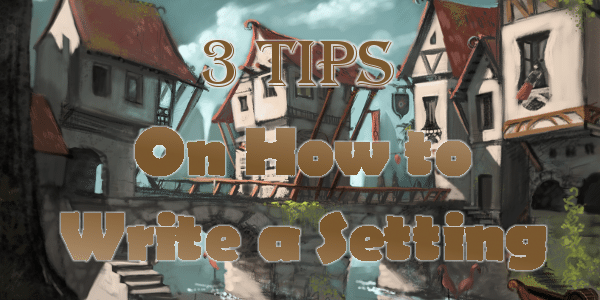
Without a setting, your story takes place on a blank stage, with characters and actions without a backdrop. But how to go about presenting your setting is a balancing act. What’s the right mix?
Appropriate to the Story
Your description of scene needs to convey an image to the reader, but although you are talking to a modern reader, that doesn’t mean you can describe it in modern terms. You need to set your reader fully into the world of your story, not just in the things described, but in how you describe them.
Consider the following setting:
The wrong way to describe it …
Little two-story condos scattered around the canals. The stone bridge spanning the water had wooden guard rails that would give an OSHA inspector nightmares. Pink flamingos stood in the shallows like lawn ornaments.
OK, in fairness, that was horrible on its own merits, but it was also an example of modern terms and interpretations of something clearly meant to be Medieval.
Try this …
Whitewashed houses with red, sloping roofs dotted lay sprinkled across the village with a whimsical lack of pattern. No two were alike, but all carried a feel of fitting in perfectly with one another. They nestled around the stone bridge, just as the bridge fit perfectly across the river, as if it had always been there.
Don’t Go Purple
Purple prose is most likely to occur, in my experience, when describing a setting. Nothing is happening, so an author feels some license to ramble, to get poetic.
Consider this setting …
Purple version:
We came from beneath the verdant canopy and found the sky did open up before us, cloudless azure stretched to the horizon. Reflected beneath the sun’s gentle gaze were golden petals, stretching up upon their stalks to greet the breeze.
Ouch! What was all that for? If the reader followed you, they might simplify it to this in their heads:
We exited the forest and came upon a vast field of wildflowers.
Pacing
When you stop to describe your setting, just remember that you are stopping to describe it. While it is valuable to the reader to know about the setting, and it may even be interesting to read, it is neither advancing plot nor characters (unless you’ve managed something terribly clever). So while you shouldn’t skip telling the reader where they are, neither should you sit down and give them a guided tour. Let them find out about the place firsthand from the people and events yet to come.
The overly long version …
On a windswept hill of pasture grass and broken rocks, a lone cross stood. It was younger than the hills, but older than all who beheld it. The stone surface was pitted, covered over in moss. One it might have stood sentinel on the estate of some mighty lord whose peasants rose up against him. To tear down such a holy relic would have been anathema to them, and so while the manor home and stables were torn down and put to the flame, the cross remained untouched. And still it remains, watching over the shallow, rolling hills and just able to catch a view of the lake when the fog parted each morn. Each man who saw it knew that it would stand there still, long after he was dead.
Brevity.
Upon the rolling hilltop, a granite cross stood alone.
If anything else needs to be said about the hill, the cross, or the surrounding countryside that will play a part in upcoming events, you’ve got the rest of a paragraph to expound. Otherwise, feel free to move right along with the story.
Other Resources:

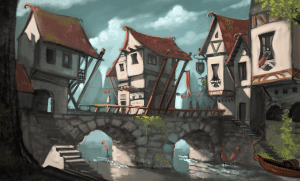
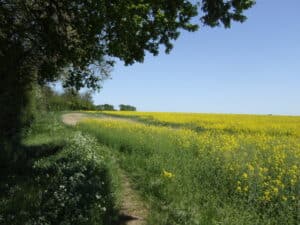
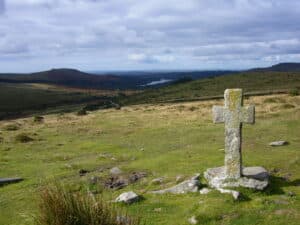

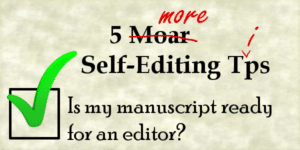
0 Comments